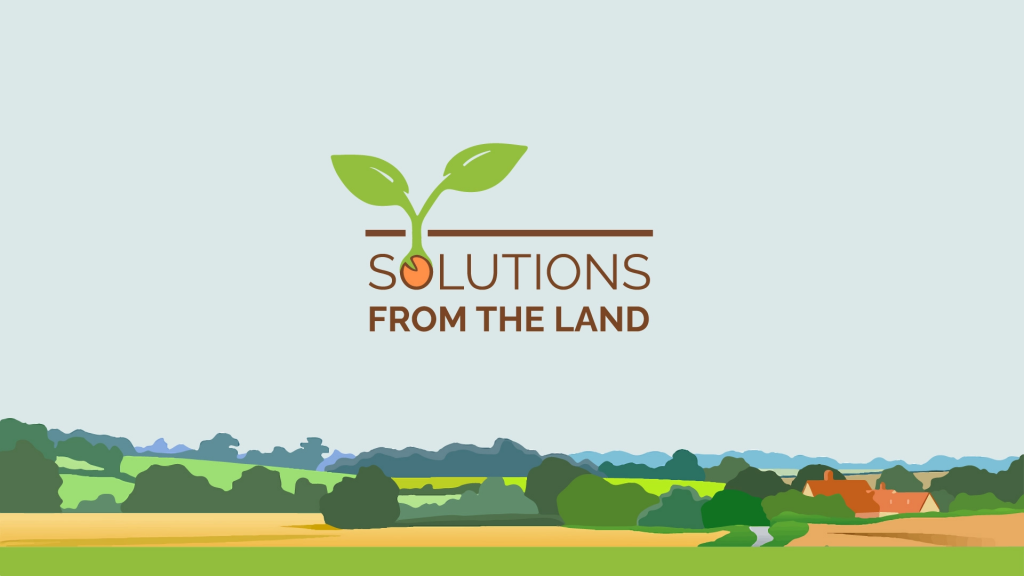
Change is not easy, especially when it involves financial risk. That’s the situation farmers and ranchers find themselves in when considering innovative, climate-smart agricultural practices. Sure, in the long run, many farmers find that adopting practices like cover crops, no-till and prescribed grazing build soil health and pay off. But, in the short term, when the unknowns—and the bills—pile higher than the knowns, it is no wonder farmers are hesitant to make changes in their operations.
That is why it is essential that farmers and ranchers have access to conservation programs that grant them funds to make climate-smart improvements on their operations. These programs make it possible for producers to take risks, to try new practices, and to work toward long-term land improvement and climate resiliency goals without sacrificing what they and their families need to survive today.
As part of the Inflation Reduction Act (IRA) signed into law in August 2022, conservation programs received an additional $19.5 billion over five years for climate-smart agriculture. Programs benefiting include:
- Environmental Quality Incentives Program (EQIP), $8.45 billion
- Regional Conservation Partnership Program (RCPP), $4.95 billion
- Conservation Stewardship Program (CSP), $3.25 billion
- Agricultural Conservation Easement Program (ACEP), $1.4 billion
- Conservation Technical Assistance, $1 billion
The IRA also provided $300 million in funding to quantify carbon sequestration and greenhouse gases through the collection and use of field-based data to assess conservation outcomes, according to a USDA press release from February 2023.
“This is the best chance we’ve ever had to actually incentivize farmers to try something new without exposing them to a lot of risk of losing money,” says Fred Yoder, co-chair of Solutions from the Land. “Incentivizing farmers to adopt climate-smart practices is the common-sense approach, and we need to keep all tools in the toolbox for farmers to work with as they continually adapt and improve their operations.”
The EQIP, CSP, ACEP and RCPP programs are already oversubscribed, meaning more producers want to participate than funding is available. Farmers want to make changes that will benefit them, their land and society, making them more resilient in drought and other shifts in weather patterns. If we as a society want to ensure agriculture can provide us with nutritious food, clean water, clean air and other ecosystem services, we need to ensure agricultural producers have the funds and tools they need to do so. For this reason, we need to stay the course so these much needed resources remain available for the purposes for which they were authorized.
August 22, 2023
Blog, Climate Smart Agriculture, Conservation, Ecosystem Services














